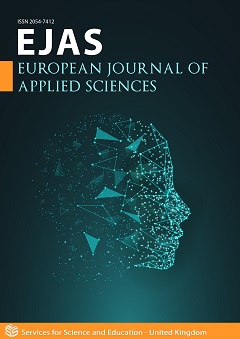Galaxies Rotation Curves Traced Out by the Theory of Relation
DOI:
https://doi.org/10.14738/aivp.102.11906Keywords:
galaxy rotation curves, dark matter, theory of Relation, two structures, Compensation principle.Abstract
Astronomers know since the 1930s that the universe contains more than what meets the eye. Galaxies within clusters of galaxies and stars within galaxies are moving around faster than the gravity of the visible matter would imply, indicating that a huge amount of invisible matter is pulling on them. The theory of Relation asserts that there are two structures going in opposite directions, the expansion and the condensation, and also, by means of the principle of Compensation (CP), that the loss of negative energy of the expanding electromagnetic (EM) wavelength of flat spacetime is transformed into positive matter and gravific spacetime. The universal expansion decelerates, unlike the current single thought, and is counterbalanced by a continual growing global mass; a perpetual creation of ordinary and dark matter within an incessant big bang process. The global deceleration takes the form of a local acceleration of every galaxy towards the internal center, a change of direction from the periphery to the center. It was noted that the order of magnitude − around − of the abnormal rotation curves observed on the remote galaxies is similar to that of the universal deceleration
and not far from the anomalous gravitational variations measured for several years on Pioneer probes using Doppler information.
Downloads
Published
How to Cite
Issue
Section
License
Copyright (c) 2022 Russell Bagdoo

This work is licensed under a Creative Commons Attribution 4.0 International License.






